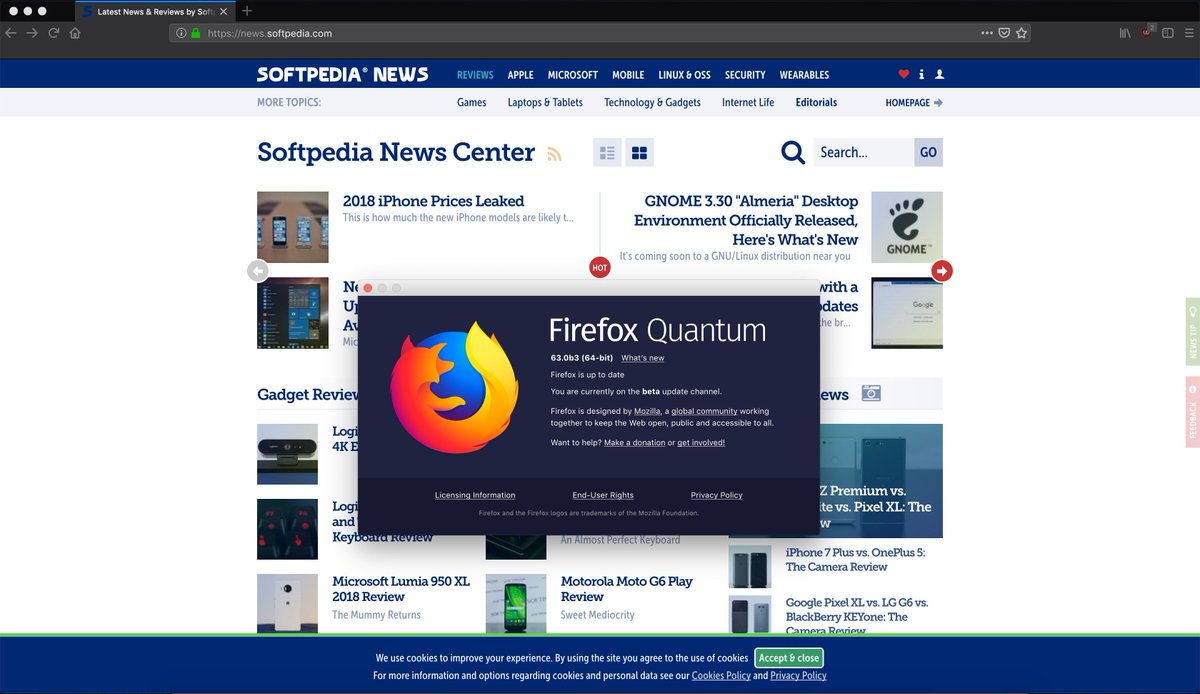
🎉īonus for Chrome defaults write IncognitoModeAvailability -integer 1Īfter you're done, restart your Mac for the changes to take effect. From "File," the option for a "new private window" should no longer be available. sudo defaults write /Library/Preferences/ DisablePrivateBrowsing -bool TRUE Firefox lets you browse the Internet securely without worrying about tracking cookies, and social networking trackers. From terminal, I ran this command: sudo defaults write /Library/Preferences/ EnterprisePoliciesEnabled -bool TRUEĪfter policies were enabled, I just needed to run the specific command to set the "DisablePrivateBrowsing" policy. Firefox is the most popular open-source browser, featuring a multi-tabbed modern interface and a comprehensive platform with thousands of third-party add-ons. I should note, I'm running Firefox 80.0.1.įirst, I enabled policies.

These Mac specific instructions got me going in the right direction. It appeared it may be possible by editing the Firefox plist file.

I finally stumbled across this Github repo about setting application policies which had a policy for "DisablePrivateBrowsing". Not feeling super hopeful, I did try searching plugins and add-ons, but found nothing that would work. I found a variety of answers from "it's not possible" to "use a plug-in." Of course my first course of action was scouring Google.

Recently I needed to disable "private browsing" on one of my computers.


 0 kommentar(er)
0 kommentar(er)
